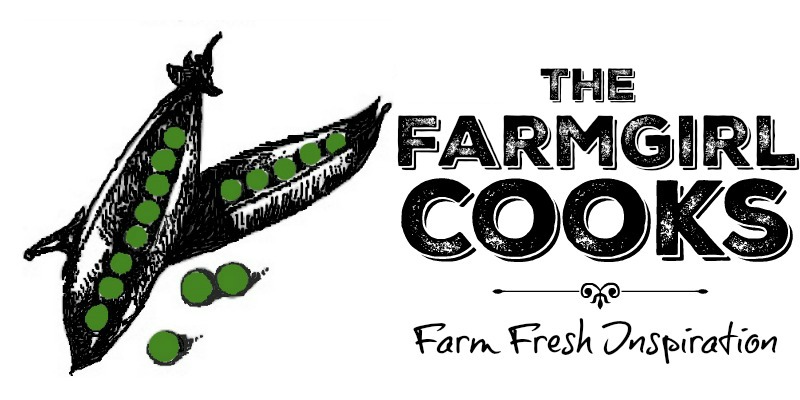Today is April 25th.
It’s a bright, sunny day with temperatures in the mid-50s and wind gusts up to around 10 mph. Not bad, today. The wind has been gusting to 40 mph the last three days, so this is a nice change of pace. I still wore flip flops when I walked my kid to the bus, but at least my toes weren’t blue when I came home.
For your enjoyment, a few photos to show you just what we’re up to at this time of year, before the period of summer production at breakneck speed hits.
This garlic was planted inside one of our 3 greenhouses back in November 2013. It wintered over in the frigid temps (that greenhouse isn’t heated, it just keeps things like spinach and garlic protected from wind and precipitation) and sprouted in mid-January. This garlic is more like a large scallion in that you can use the entire plant.
This spinach also wintered over in the mid-sized greenhouse we call Mama Bear (Baby Bear would be the small greenhouse, Papa Bear, the large one). It was planted last fall and the cold temperatures kept it’s growth at a virtual stand-still until February. A little bit of sunshine and the spinach just took off and grew like mad! Customers at Adam’s Fairacre Farms were treated to some local spinach and garlic in March and April.
We sell strawberry planters at our annual Mother’s Day plant sale and at our farm markets. These plants winter over and grow back beautiful and lush, and if the sun stays out more than it goes in, we’ll have some red berries on them for Mother’s Day!
Yep – it’s been a cold spring. You’d think we’d have some decent weather once tax time rolls around, but my father had to prove just how cold it got one night last week. He left a bucket of water outside the greenhouse with a stake resting inside. His recording thermometer said we hit a low of 22°F
I know many of you pore over seed catalogs in January and shop at garden centers to get packs of seeds that you’ll plant in your yard come spring and summer. We do things a little differently. Our farm is considered ‘mid-sized’ at 60-acres, and packets of seeds won’t do the trick.
We get seeds by the thousands, some by the millions, and still others by the bucket. It’s a big job figuring out what we need, but thankfully our seed saleswoman is extremely knowledgeable and helpful and is always willing to share a cup of coffee (or a kirby cucumber in the summer). We get our seeds from various sources depending upon which company sells the varieties we like best for our conditions and tastes.

These are cherry tomatoes – or at least they will be in June. We plant one seed in each of 50 cells per tray, then set the trays in a warm room to germinate. Once the seeds have sprouted, we get them out into the warm, (hopefully) sunshine-filled greenhouse where they will continue to grow until we transplant them into the greenhouse beds or the fields.

Assorted sweet and hot chile peppers awaiting transplanting. We start the seeds in flats and when they are a few inches tall, we transplant them to the 50s I talked about above. When there’s no more threat of frost, we’ll get them out into the fields, probably mid-May.
We’ll also be selling off any extra plants. Farmers always plant extra seeds because you just cannot guarantee what will grow. Hence, the plants that we sell at our Mother’s Day Plant Sale are the exact same plants that we’ve grown for ourselves – meaning we take care of them so they will grow strong and healthy and produce an abundance of peppers or tomatoes, etc.

We’re growing 23 varieties of tomatoes this year. Farmer Sonny starts them in the smallest greenhouse (Baby Bear) around mid-March and each row is labeled with a number. The numbers correspond to the name, which would be really difficult to write on little popsicle sticks. We keep track of all the varieties and when they are planted from seed, when they are transplanted, when they go out in the fields, and any growth patterns that we like or don’t like are noted so we can decide next year what to buy or not.

Three varieties of basil are planted in March as well, all in flats like this one. When the sprouts are about 1 1/2 – 2 inches high or so, Doris will transplant them into 50s (cells) for transplanting into the fields or 4″ pots for sale. Yep, it’s a lot of work. But at least your hands smell like basil when you’re finished!
Once they are put into cells, it doesn’t take long for the plant growth to skyrocket!
Thanks for reading, and I hope you enjoyed seeing a little of what we do here in spring. It’s not the long vacation period you thought it was, huh?
For more information about our upcoming Plant Sale and Farmers Market, check out our website www.BialasFarms.com. You’ll also find a printable CSA application if you are interested in farm shares. Like Bialas Farms on Facebook for all kinds of fun recipes, garden tips and farm photos!








Great to see! Can’t wait to taste some of this. Makes me happy to know it will be here…. sooner or later. Lovely photos. You really DO have an eye!
Wow, very nice. I have learned a great deal.
Beautiful photos, Kasha! Looks like you’ve got a delicious crop coming in!